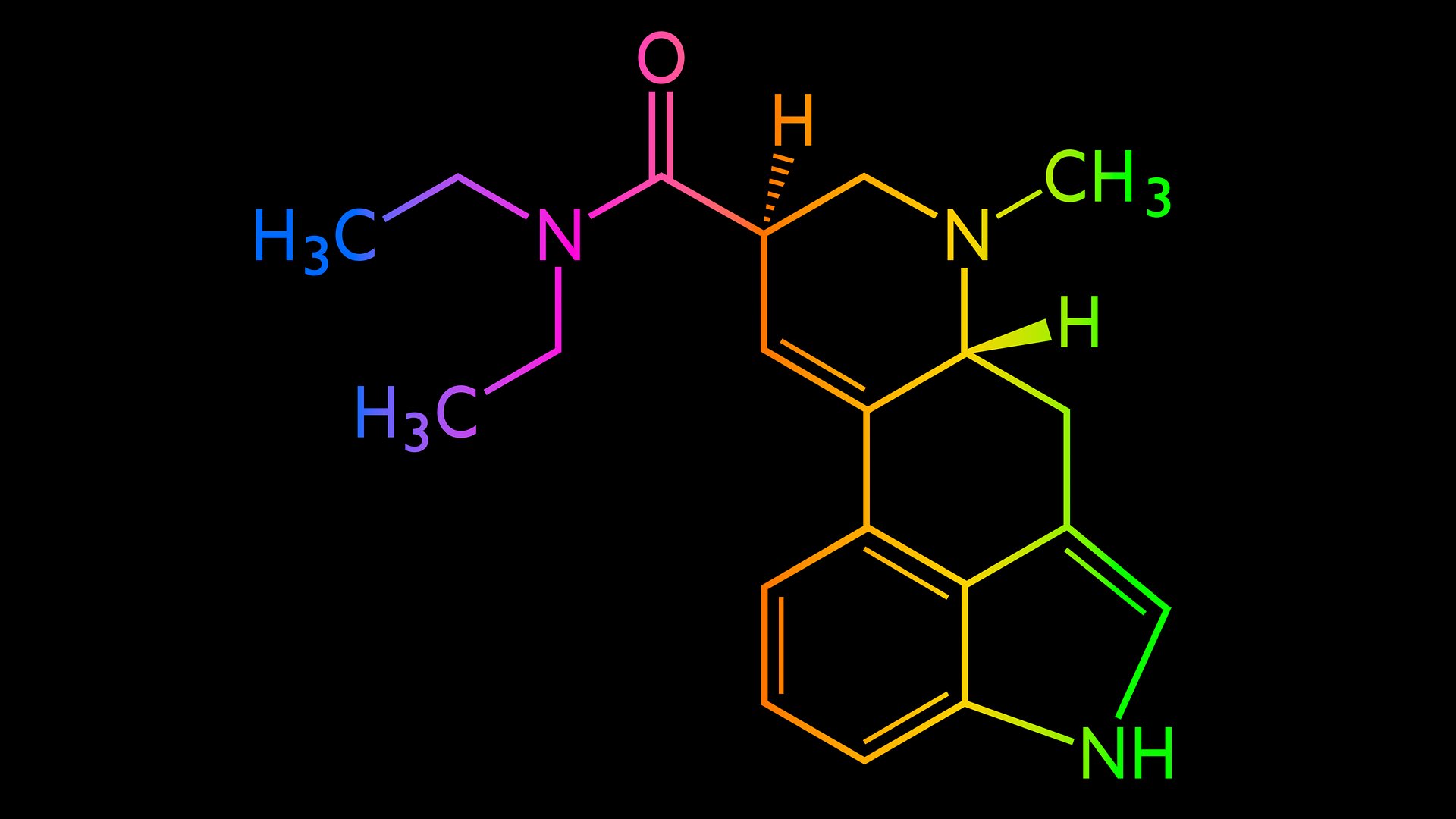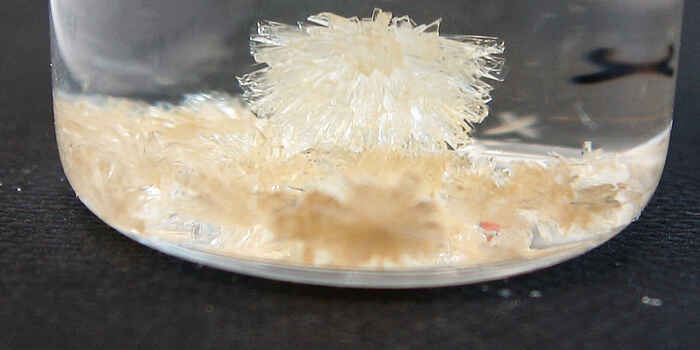Over 60% of adults report feeling overwhelmed by daily stress, driving a surge in the search for effective focus and energy solutions. Enter 2-FMA, a fluoroephedrine and phenethylamine derivative compound gaining buzz for its potential to enhance productivity without the crash associated with traditional stimulants, classified among novel psychoactive substances and related to methamphetamine. This post dives into the heart of 2-FMA, a fluoroephedrine methamphetamine and one of the novel psychoactive substances, exploring its uses, effects, and why it’s becoming the go-to choice for those needing an extra boost, comparable to other amphetamines. Whether you’re a student, professional, or simply seeking ways to maximize your day, understanding 2-FMA, a fluoroephedrine methamphetamine medication from the amphetamine family, could be the game-changer you’re looking for.
-
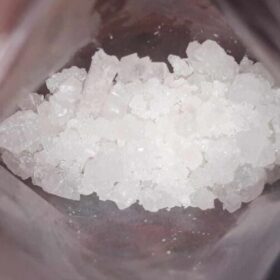 2-FDCKPrice range: $260.00 through $4,300.00
2-FDCKPrice range: $260.00 through $4,300.00 -
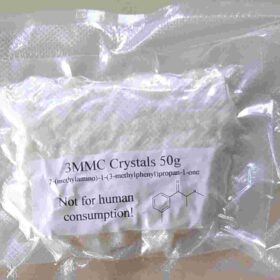 3 MMC Shop: Top 9 Picks for Research ChemicalsPrice range: $140.00 through $4,600.00
3 MMC Shop: Top 9 Picks for Research ChemicalsPrice range: $140.00 through $4,600.00 -
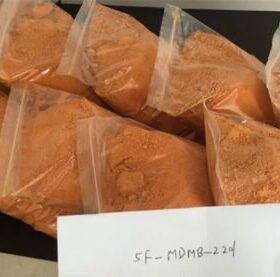 5F-MDMB-2201 for Sale: Safe, Legal Tips & Quality ChecksPrice range: $470.00 through $3,000.00
5F-MDMB-2201 for Sale: Safe, Legal Tips & Quality ChecksPrice range: $470.00 through $3,000.00
Key Takeaways on 2-FMA
- Understanding the chemistry of 2-FMA, a fluoroephedrine derivative of methamphetamine within the amphetamine family, is crucial for recognizing its potential effects and risks as both a medication and recreational drug, making it essential for both users and researchers to be well-informed.
- The legal status of 2-FMA, a stimulant drug related to methamphetamine and fluoroephedrine, varies globally, so it’s important to stay updated on your local laws to avoid legal repercussions.
- The ability to analyze 2-FMA, a methamphetamine analog, in urine is key for forensic and research purposes, highlighting the need for accurate detection methods in these fields.
- Given its implications for research and forensics, staying informed about 2-FMA, an amphetamine derivative, can aid in the development of safer practices and policies around its use.
- For individuals interested in the scientific and legal aspects of amphetamine-like substances such as 2-FMA, continuous education is vital to navigate the complexities surrounding these compounds.
- Engaging with credible sources and scientific literature on 2-FMA, an amphetamine derivative, will provide a deeper understanding of its impact on society and individual health.
Deep Dive into 2-FMA Chemistry
Structural Differences
The structural nuances of 2-Fluoromethamphetamine and its regioisomers, such as 3-FMA and 4-FMA, lie in the position of the fluoride bond on the amphetamine backbone. This bond’s placement on the phenethylamine backbone is crucial. In 2-FMA, an amphetamine derivative, the fluorine atom is attached to the second carbon of the phenyl ring. This contrasts with 3-FMA and 4-FMA, where fluorine occupies the third and fourth positions, respectively, on the amphetamine molecule. The position significantly impacts its pharmacological properties, making 2-Fluoromethamphetamine a unique member among amphetamine and phenethylamine derivatives.
The precise location of the fluorine atom in 2-FMA, an amphetamine derivative, influences its interaction with dopaminergic stimulants. Unlike its counterparts, the amphetamine derivative 2-Fluoromethamphetamineshows a distinct preference for dopamine and norepinephrine receptors over serotonin receptors.
Chemical Properties
2-FMA’s chemical identity as an amphetamine derivative is defined by its IUPAC name, chemical formula, and molar mass. Its full name, following IUPAC guidelines, illustrates its molecular structure comprehensively. With a formula of C10H14FN, it showcases a balanced composition that underscores its role as a stimulant designer drug.
This synthetic drug‘s molar mass, similar to that of amphetamine, further clarifies its makeup, providing insight into how it interacts at the molecular level. These chemical properties are fundamental to understanding why 2-FMA, an amphetamine derivative, behaves differently from other synthetic drugs within its class.
Brain Effects Comparison
When comparing 2-FMA to substances like lisdexamfetamine and dextroamphetamine, a notable difference is its lack of serotonin receptor activation. This makes 2-Fluoromethamphetamine a unique entity among stimulants. It primarily enhances dopamine and norepinephrine activity without significantly affecting serotonin levels. This distinction is pivotal for those studying its effects on cognitive enhancement and alertness without the broader spectrum of side effects associated with increased serotonin activity.
Global Legal Landscape
Canada Status
In Canada, 2-FMA does not specifically appear under the Controlled Drugs and Substances Act. However, its chemical similarity to amphetamines could place it under analogue laws. This grey area complicates both research and enforcement.
China Control
China has taken a more definitive stance. 2-FMA falls under strict regulations due to its classification as a novel psychoactive substance (NPS). In 2015, China scheduled it, limiting both its availability and research potential.
Germany Regulations
Germany categorizes 2-Fluoromethamphetamine under the BtMG (Betäubungsmittelgesetz), making it a controlled substance. This legal framework restricts its distribution and scientific study, impacting global accessibility.
Ukraine Classification
Ukraine’s approach mirrors that of many European countries. 2-FMA is considered a controlled substance, which aligns with their efforts to curb the misuse of synthetic drugs.
United States Analogue
The United States recognizes 2-FMA as an analog of methamphetamine under the Federal Analogue Act. This classification subjects it to Schedule I regulations, significantly affecting both research initiatives and personal use.
The varying legal status across countries highlights the complex challenges faced by researchers and users alike. Laws like the Federal Analogue Act in the U.S. underscore the difficulties in navigating the thin line between legal and illegal substances. These international control measures have a profound impact on the availability of 2-Fluoromethamphetamine, curtailing scientific exploration and limiting user access. The balance between regulation and research remains delicate, as authorities worldwide strive to address the risks associated with novel psychoactive substances without stifling scientific inquiry.
Analyzing 2-FMA in Urine
Detection Methods
Detecting 2-FMA, a novel stimulant substance in the amphetamine class, in urine presents both challenges and opportunities. Standard drug tests often miss these fluorinated amphetamines due to their unique chemical structure. Specialized analytical techniques, such as gas chromatography-mass spectrometry (GC-MS) and liquid chromatography-tandem mass spectrometry (LC-MS/MS), have proven effective. They identify not just 2-Fluoromethamphetamine but its plausible metabolites, including fluoroephedrine and other fluoroanalogues.
Researchers focus on enhancing sensitivity and specificity to distinguish 2-FMA from comparable amphetamines like methamphetamine and dextroamphetamine. This distinction is crucial for accurate diagnosis and treatment.
Metabolic Insights
Urine analysis plays a pivotal role in understanding how 2-FMA is metabolized and excreted. By identifying the substance’s metabolites, scientists gain insights into its pharmacokinetics. This knowledge aids in differentiating 2-Fluoromethamphetamine from traditional amphetamines under the narcotics act, offering a clearer picture of its effects on the human body.
Such analysis is vital for developing effective treatments for overdose and abuse scenarios. It helps medical professionals tailor interventions more precisely.
Legal and Clinical Relevance
In legal and clinical settings, urine analysis for 2-Fluoromethamphetamine is indispensable. It provides evidence in cases of suspected abuse or overdose, informing judicial decisions. Clinically, it assists healthcare providers in making informed decisions regarding patient care, especially when dealing with substances under the narcotics act.
Understanding 2-FMA’s presence in urine helps bridge the gap between its legal status and medical implications. As laws evolve, so too does the need for accurate, reliable testing methods.
Implications for Research and Forensics
Research Potential
2-FMA, a novel psychoactive substance, has unique pharmacology that intrigues researchers. Its stimulant effects, akin to those of traditional amphetamines but without significant serotonin activity, offer a new avenue for studying stimulant drugs. Scientists are particularly interested in how 2-Fluoromethamphetamine affects norepinephrine reuptake and the amphetamine core‘s role in producing euphoria. This could lead to breakthroughs in understanding both the therapeutic and addictive qualities of stimulants.
The absence of serotonin activation by 2-FMA provides a key differentiator from other psychoactive substances. It allows researchers to isolate the drug’s effects on dopamine and norepinephrine, which is critical for comprehending its stimulant psychosis risks and potential as an alternative to antipsychotic medications.
Forensic Challenges
Forensic scientists face hurdles in pinpointing 2-Fluoromethamphetamine due to its legal gray area and structural resemblance to other amphetamines. The analog’s close chemical kinship with known stimulants complicates its identification in biological samples, such as those discussed in analyzing 2-FMA in urine. This similarity necessitates advanced detection methods to accurately quantify 2-FMA, which is crucial for legal and medical investigations.
Developing sophisticated forensic techniques is paramount. Enhanced methods would not only support legal proceedings but also aid in diagnosing cases of stimulant drug abuse or poisoning. The challenge lies in distinguishing 2-FMA from its analogues and accurately measuring its presence amidst a myriad of similar compounds.
Closing Thoughts
Our journey through the complex world of 2-FMA has illuminated its chemical intricacies, legal standings across the globe, detection methods in urine, and its broader implications for research and forensics. You’ve now got a solid grasp of what 2-Fluoromethamphetamine entails and why it’s a focal point for scientists and legal authorities alike. Understanding these aspects empowers you to navigate the discussions and debates surrounding this substance with confidence.
Let this knowledge fuel your curiosity and drive further exploration into the realm of psychoactive substances. Whether you’re a researcher, a legal expert, or simply someone fascinated by the science of psychoactives, there’s always more to uncover. Dive deeper, ask questions, and contribute to the ongoing conversation about 2-Fluoromethamphetamine and its place in our world. Your insights could pave the way for new discoveries or help shape future policies.
Frequently Asked Questions
What is 2-FMA, and how does it work?
2-FMA, or 2-fluoromethamphetamine, is a psychoactive substance known for its stimulant effects. It works by increasing the activity of neurotransmitters in the brain, enhancing alertness and energy levels.
Is 2-FMA legal worldwide?
The legal status of 2-Fluoromethamphetamine varies globally. Some countries have explicitly banned it, while others lack specific legislation. Always check your local laws before possession or use.
How can 2-FMA be detected in urine?
2-FMA can be identified in urine through specialized drug testing techniques, including gas chromatography-mass spectrometry (GC-MS), which can detect its presence up to several days after use.
What are the implications of 2-FMA for research and forensics?
For research, 2-Fluoromethamphetamine offers insights into the pharmacology of stimulants and their effects on the human body. In forensics, its detection helps in legal cases involving drug use, contributing to safer communities.
Can 2-FMA chemistry help develop new medications?
Understanding 2-FMA’s chemical structure and action mechanism could aid in designing new therapeutic drugs that mimic its stimulant effects without the harmful side effects, offering potential benefits in medical treatments.



